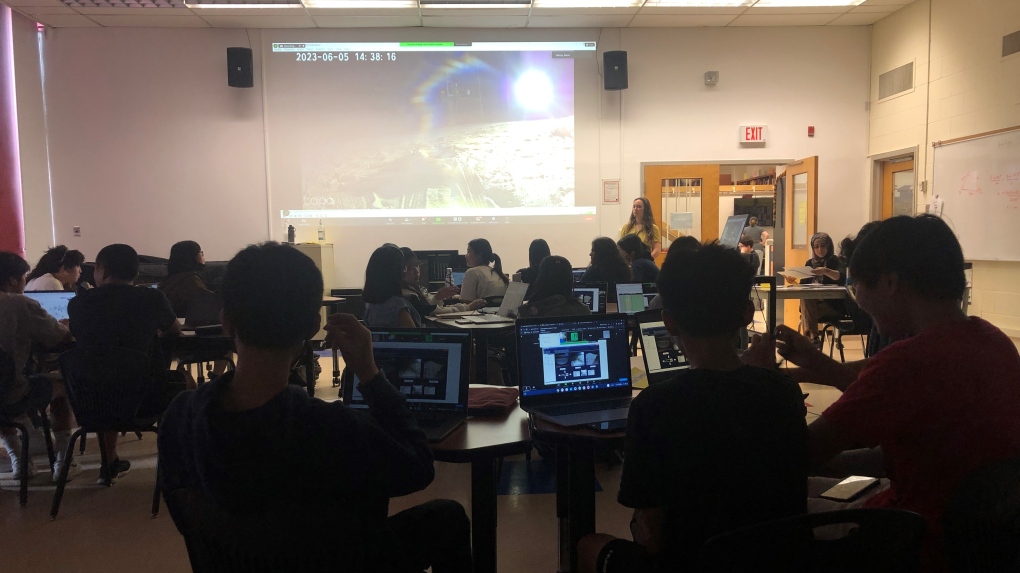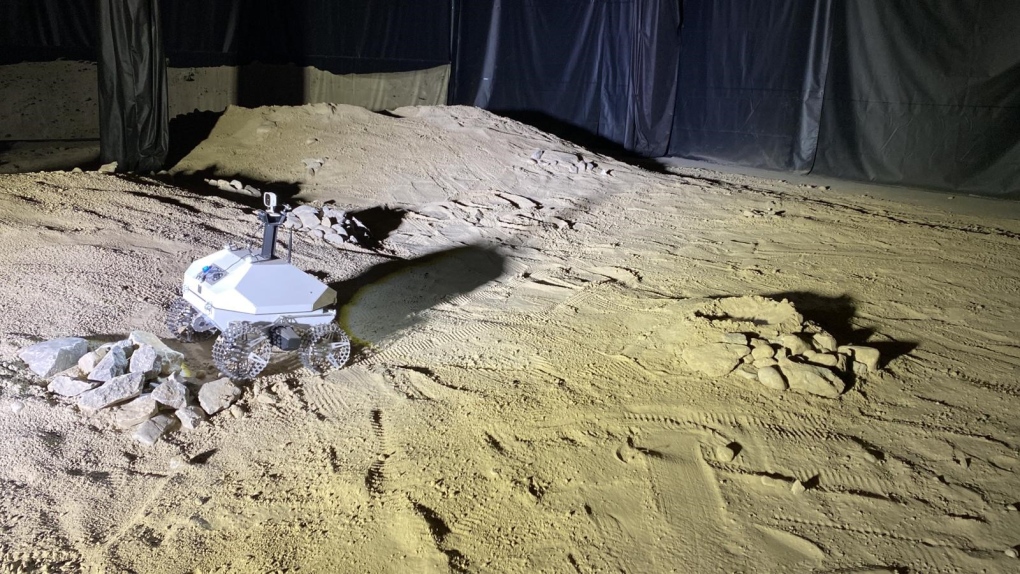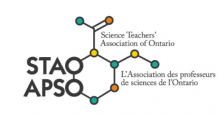Submitted by Michael Frankfort @mfrank_76
Toronto students drive Canadian lunar rover prototype headed for moon exploration

- Beth Macdonell
- CTV News Toronto Videojournalist
- Follow | Contact
Students from three Greater Toronto Area schools won a national competition to experience what it’s like to remotely control a lunar rover.
“I never knew anything about space or lunar rovers before so it was really fun to know that I won this competition,” Manvi Lakhani, a Grade 9 student at Bayview Secondary School in Richmond Hill, told CTV News Toronto Monday.
“I think the coolest part is that you’re literally on the moon, virtually, and you’re driving a rover on the moon without being there,” she said after taking control of the rover’s movements.
“We took 20 minutes to find it,” said navigator team member and Grade 9 student Tim Liu with a laugh.
“We used our orbital photos. We probably should have turned {the rover} first to see our surroundings, and we used one of our valuable resources to do it. After a while we figured it out.”
 Students from the Greater Toronto Area test out a lunar rover prototype headed for moon exploration. (Beth Macdonell)
Students from the Greater Toronto Area test out a lunar rover prototype headed for moon exploration. (Beth Macdonell)
The current lunar rover is located in a Stratford, Ontario, but the look of the terrain, the feel of the machine, and its challenges are similar to what operators will encounter on the moon.
Moving the rover takes a lot of time and work, said Leah Davis-Purcell, who was leading the simulation and is a technical systems and outreach worker with start-up Avalon Space.
“A two-hour session brings like 50 metres travel or way less than that, because there is so much conversation, thinking and consideration that goes into every move,” she explained.
In a few years, a possible version of the same lunar rover, which is being developed by Canadian engineers Canadensys Aerospace, will be part of the Artemis space missions to the moon. This version could be in action as early as 2026.
“I feel like I’m helping somehow. It feels like I’m making some kind of impact towards the future,” said Cassie Pang, who is in Grade 9 and was a member of the scientists team.
“I’m really happy because I’ll be part of history, slightly,” said Brian Xue, also with the scientists team. “I can say I helped scientists get to the moon.”

A lunar rover prototype is seen in this undated photograph. (Photo courtesy of Canadensys Aerospace)
About halfway through the simulation, the students at Bayview Secondary School were successful and located the ice on the moon.
The project is made possible through funding by the Canadian Space Agency.
